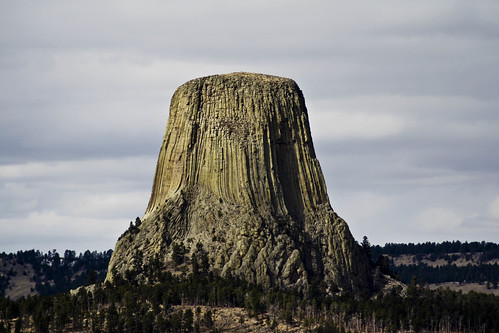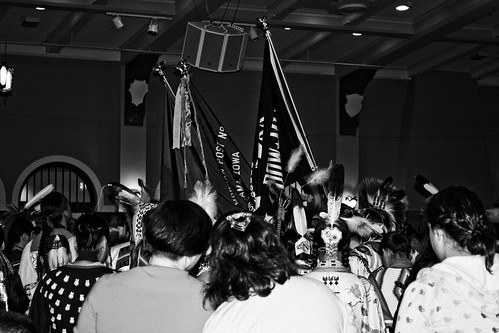
The Boundaries of the Great Plains?
Walter Prescott Webb, the famous Western historian, in his seminal 1931 work The Great Plains argued that “the Great Plains environment … constitutes a geographic unity whose influences have been so powerful as to put a characteristic mark upon everything that survives within its borders” (8). Webb wrote that the Great Plains area “comprised a much greater area than is usually designated,- an area which may best be defined in terms of topography, vegetation, and rainfall” (3).
For Webb, “a plains environment, such as that found in the western United States, presents three distinguishing characteristics: 1. It exhibits a comparatively level surface of great extent. 2. It is a treeless land, an unforested area. 3. It is a region where rainfall is insufficient for the ordinary intensive agriculture common to lands of a humid climate. The climate is sub-humid” (3). Webb’s Great Plains, are much larger than many people consider even to this day. For example, Webb includes much of Iowa, Wisconsin and parts of Illinois in his definition of the “Great Plains environment” (1).
Ian Frazier, a journalist, wrote in his book Great Plains that the boundaries of the Great Plains were:
“The Great Plains are about 2,500 miles long, and about 600 miles across at their widest point. The area they cover roughly parallels the Rocky Mountains, which make their western boundary. Although they extend fom the Southwestern United States well into Canade, no single state or province lies entirely within them. North to south, the states of the Great Plains area: Montana, Wyoming, Colorado, New Mexico, Texas, North Dakota, South Dakota, Nebraska, Kansas, Oklahoma. . . In Canada, they include southern Alberta, Saskatchewan, and Manitoba. They are five hundred thousand miles inland from the Pacific Ocean, and over a thousand miles inland from the Atlantic. The Texas Plains are about five hundred miles from the Gulf of Mexico.” (6)
Frazier, like many scholars of the Great Plains, admitted as well that of “all the Great Plains boundaries, the eastern one is the hardest to fix” because the “same amount of rain never falls town years in a row” (7).
Richard Manning, a range management specialist and journalist, writes in his work Grassland that the idea of the Great Plains is best defined in the context of grassland ecology. Manning writes that “the creation of the American Great Plains as grassland was a function of the creation of the Rock Mountain chain. Before, the region had been a vast sea, then a vast flat forest. The puny teeth of the residents said so. The Rockies, however, rose and raised their rain shadow, which produced the aridity that killed the trees and created the grassland (39).” Manning’s boundary of the Great Plains is much more expansive than most others. Manning writes that the Great Plains roughly exist in the “sweep of plain between the Mississippi and the Rocky Mountains and the smaller grassland domains west of the Rockies” (1). Manning’s map of America’s grasslands (e.g. including most of Iowa with the exception of the Driftless region) is much more extensive than others because while he stresses that a necessary component of the Plains is aridity, for him aridity includes regions that receive “between ten and thirty inches of rainfall a year . . . anything drier is a desert; anything wetter, a forest” (2). Manning writes that “aridity is first the defining and implacable factor of grass” because “arid lands will not support trees in sufficient numbers to become a forest” and “dry land burns frequently and fire kills trees but not grass” (2). In short, while Manning does use the term the Great Plains in his work, I think, he finds it a flawed conception unless it is used to refer to all of North America’s grasslands. What many people would call the Great Plains, I think Manning would prefer having referred to as “the High Plains” or “short-grass steppe” (3).
I earned my MA from the University of Nebraska in Great Plains Studies. I have included the “official” map of the Great Plains that the Great Plains Center at UNL uses above. I copied this map from their website at http://www.unl.edu/plains/about/map.shtml. Personally, I have always thought that the map used by UNL was too culturally and U.S. history based and not reflective enough of environmental realities. For these reasons, I would favor the more expansive definitions of the Great Plains used by writers like Webb and Manning.
Work Cited
Frazier, Ian. Great Plains. New York: Picador, 1989.
Manning, Richard. Grassland: the History, Biology, Politics, and Promise of the American Prairie. New York: Penguin, 1997.
Webb, Walter Prescott. The Great Plains. Lincoln: University of Nebraska Press, 1981.















